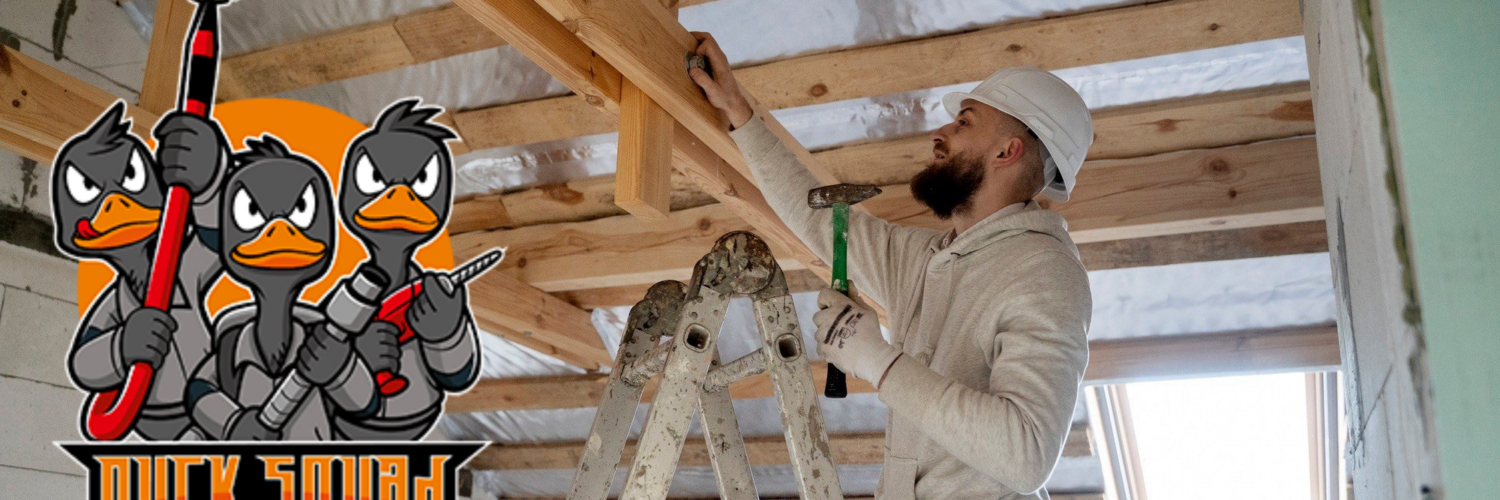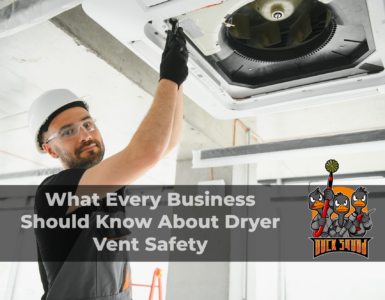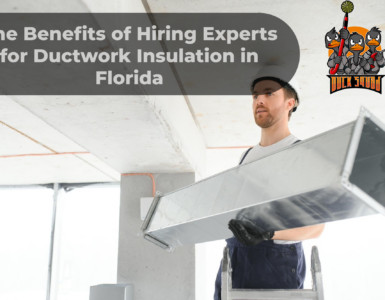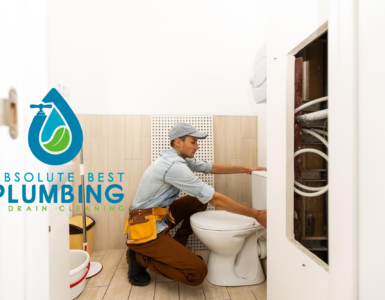Why Regular Insulation Inspections Matter in Florida
Florida’s unique climate poses challenges that make regular insulation inspections essential for maintaining both comfort and efficiency in a home or business. With sweltering summers, mild winters, and year-round humidity, insulation plays a vital role in stabilizing indoor temperatures, protecting HVAC systems from overwork, and keeping energy bills under control.
Over time, insulation can lose its effectiveness due to a variety of factors: moisture intrusion from heavy rains, pest damage, mold growth, or simple wear and tear. As materials degrade, gaps can form, thermal resistance decreases, and the HVAC system must work harder to maintain comfort, leading to higher utility costs. In humid climates like Florida’s, moisture damage is particularly concerning because it can also lead to microbial growth, negatively impacting indoor air quality.
Regular insulation inspections are designed to prevent these issues before they become costly problems. This process goes beyond a quick glance into the atticit’s a thorough, systematic evaluation that measures thermal performance, checks for signs of deterioration, and identifies potential energy leaks. A professional inspection also includes assessing related components such as ductwork, ventilation systems, and seals, ensuring the entire building envelope works together efficiently.
By scheduling insulation inspections on a regular basis, Florida property owners can catch small issues early, extend the life of their HVAC systems, and avoid unnecessary spikes in energy bills. In the long run, proactive monitoring protects both comfort and investment.
Florida’s Climate Challenges for Insulation
Florida homes face year-round cooling demands, making insulation a crucial factor in controlling indoor temperatures and keeping energy costs manageable. However, our state’s climate brings a unique set of challenges that homeowners in cooler, drier regions rarely have to address.
- High humidity – Persistent humidity accelerates insulation degradation, reducing its thermal effectiveness and creating conditions that encourage mold and mildew growth. Once insulation becomes damp, its R-value drops, and it can quickly become a breeding ground for microbial contamination.
- Frequent rainstorms and hurricanes – Heavy rain, wind-driven moisture, and storm damage can lead to water intrusion in attics, walls, and crawl spaces, compromising insulation performance.
- Pest activity – Rodents, insects, and other pests are common in Florida and often find their way into attics or crawl spaces. They can chew, nest in, or otherwise damage insulation, creating gaps that reduce efficiency.
- Heat transfer through attics and walls – Florida’s intense sun can cause significant heat gain through poorly insulated areas, leading to higher cooling costs and increased strain on HVAC systems.
Because of these challenges, the average Florida home requires insulation materials and installation methods specifically designed to resist moisture, deter pests, and deliver consistent thermal performance year-round. This often means opting for moisture-resistant products like closed-cell spray foam, rigid foam boards, or treated fiberglass combined with professional installation techniques that seal gaps, prevent air leaks, and protect against future damage.
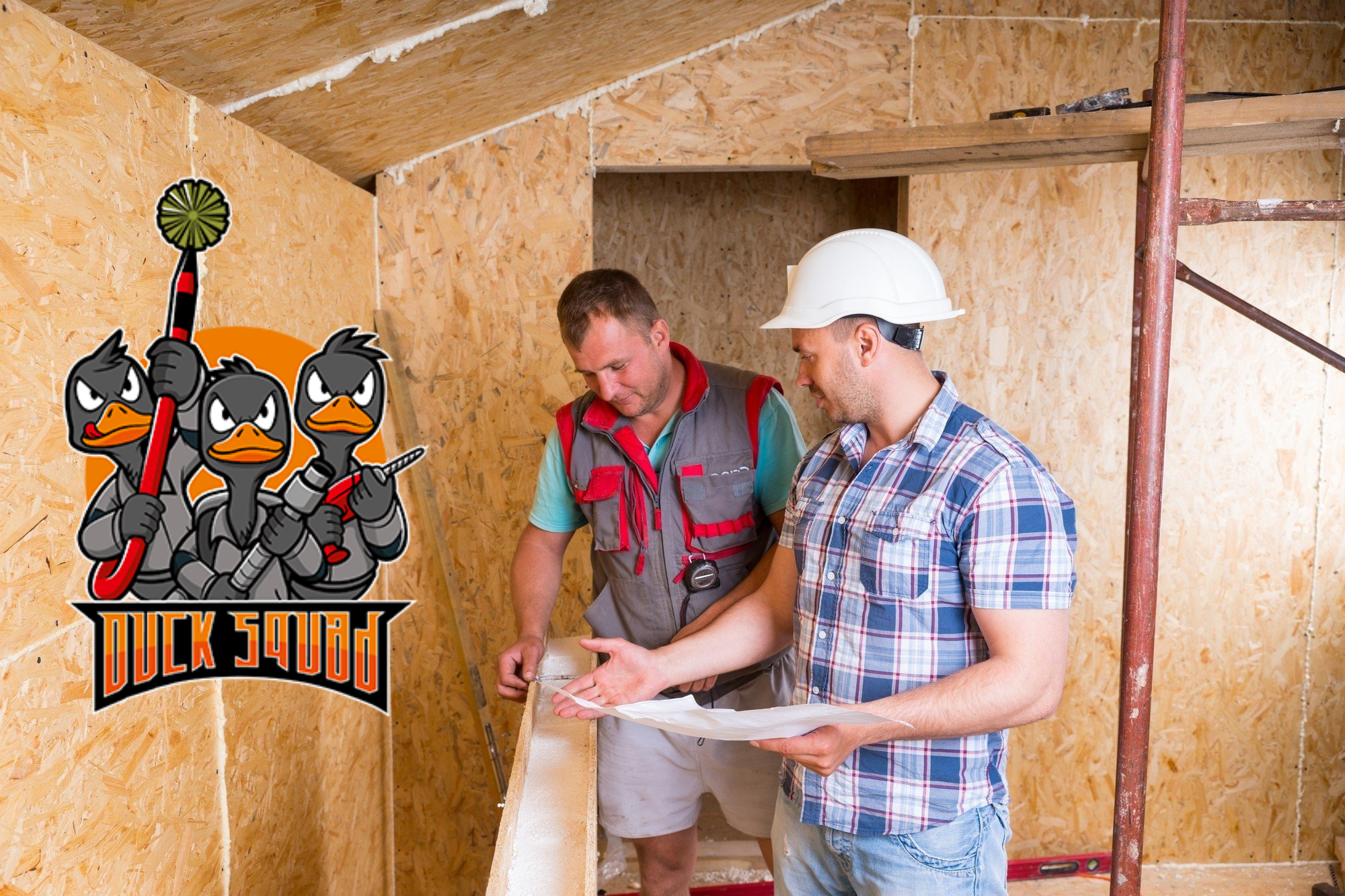
Benefits of Routine Insulation Inspections
Scheduling periodic insulation inspections provides a range of tangible benefits that go beyond simply keeping a home or business comfortable. By ensuring insulation is performing at its best, property owners can save money, protect their HVAC systems, and maintain a healthier indoor environment.
- Lower Energy Bills – Well-maintained insulation prevents conditioned air from escaping, allowing the HVAC system to run more efficiently and reducing overall energy consumption. This directly translates into monthly utility savings.
- Improved Comfort – By eliminating hot or cold spots, properly functioning insulation helps maintain even temperatures throughout living and working spaces, regardless of the season.
- Enhanced Indoor Air Quality – Routine inspections can uncover areas where moisture is accumulating or where air leaks may be introducing dust, allergens, or pollutants. This allows property owners to take corrective action before these contaminants circulate indoors.
- Extended HVAC Lifespan – When insulation is effective, the HVAC system doesn’t have to cycle as frequently or run as long to maintain the desired temperature. This reduced workload helps extend the life of equipment components.
- Early Problem Detection – Regular inspections catch issues such as duct leaks, moisture damage, pest intrusion, or deteriorating insulation before they escalate into costly repairs or replacements.
In Orlando’s humid, high-demand climate, routine insulation inspections are a proactive investment in both comfort and cost control. They ensure that the home’s thermal envelope remains intact, helping HVAC systems operate at peak efficiency year-round.
Step-by-Step Insulation Inspection Checklist
A thorough insulation inspection ensures that every part of a property’s thermal barrier is performing effectively. For Florida homes and businesses where high humidity, heavy rainfall, and year-round cooling demands create unique challenges this process should be methodical and climate-specific. Below is a detailed checklist tailored for Florida properties:
1. Attic Insulation Evaluation
The attic is one of the most critical areas to assess during an insulation inspection because it’s often the largest single source of energy loss in a home. In Florida’s climate where attics can reach extreme temperatures due to intense sun exposure, proper insulation is essential for maintaining indoor comfort and keeping energy bills under control.
What to Look For:
- Uniform coverage – Attic insulation should be evenly distributed without gaps, low spots, or areas where the material has shifted. Uneven coverage allows hot or cool air to penetrate the home’s thermal barrier, reducing efficiency.
- Adequate depth – According to energy.gov, Florida homes typically require attic insulation with an R-value between R-30 and R-49 to achieve optimal thermal resistance. If the existing insulation falls short, adding more can greatly improve energy efficiency.
- Moisture damage – Check for signs of dampness, water stains, or mold growth. In Florida’s humid climate, roof leaks or condensation can quickly compromise attic insulation, reducing its effectiveness and creating potential health hazards.
- Pest activity – Look for droppings, chewed material, or nesting debris. Rodents, squirrels, and insects can damage or contaminate insulation, reducing its ability to regulate temperature and maintain air quality.
Evaluating attic insulation regularly ensures that one of the most significant barriers against energy loss is performing as intended, especially in Florida’s demanding weather conditions.
2. Ductwork and Vent Insulation
Even with high-quality attic insulation, leaky or poorly insulated ducts can quietly drain energy efficiency from a home or business. In many Orlando properties, ductwork runs through unconditioned spaces such as attics, crawl spaces, or garage areas that experience extreme temperature swings. Without proper insulation, conditioned air traveling through these sections will lose temperature before reaching the vents, forcing the HVAC system to work harder and use more energy.
Poorly insulated ducts can also lead to condensation issues in Florida’s humid climate. When cold, air-conditioned air flows through warm, uninsulated metal ducts, moisture can form on the exterior surfaces. Over time, this condensation can cause rust, promote mold growth, and damage surrounding building materials.
Best Practice: Hire a professional Ductwork Insulation Installation Orlando service to ensure ducts are properly sealed, wrapped, and protected. A qualified technician will:
- Identify and seal any air leaks that could cause conditioned air to escape.
- Install insulation with the right R-value for Orlando’s climate to minimize heat gain and loss.
- Apply vapor barriers where necessary to prevent condensation-related problems.
By addressing ductwork insulation in conjunction with attic and wall insulation, property owners can maximize HVAC efficiency, improve indoor comfort, and significantly reduce monthly utility costs.
3. Wall Insulation Check
Inspecting wall insulation can be more challenging than evaluating attics or ductwork, as it is concealed within the wall cavities. However, certain symptoms can indicate that wall insulation is underperforming or even missing altogether.
Warning Signs to Watch For:
- Cold or warm spots along walls – Uneven surface temperatures may suggest that wall insulation has settled, deteriorated, or was never properly installed.
- Higher energy bills without changes in usage – If heating or cooling costs have increased unexpectedly, inefficient wall insulation could be allowing excessive heat transfer.
- Drafts or noticeable airflow – Air leaks around wall outlets, switches, baseboards, or window frames may point to gaps in insulation coverage or compromised vapor barriers.
For older homes, the problem may be more fundamental walls may have little to no insulation, or the materials used may fall short of modern energy efficiency standards. This is especially common in houses built before the 1980s, when insulation codes were less stringent.
Best Practice: Have a professional energy auditor or insulation contractor perform a thermal imaging scan. This non-invasive method can pinpoint areas of heat loss and identify exactly where wall insulation is lacking or damaged. From there, targeted upgrades such as blown-in cellulose, spray foam, or injected foam can be used to improve efficiency without major demolition.
4. Floor and Crawl Space Insulation
Homes with crawl spaces or elevated flooring need proper insulation beneath the floor to prevent heat gain, control humidity intrusion, and maintain consistent indoor comfort. In Florida’s humid subtropical climate, these areas are especially vulnerable to moisture-related issues that can quickly compromise insulation performance and structural integrity.
Without adequate floor and crawl space insulation, hot, humid air can rise from below the home, forcing the HVAC system to work harder to maintain comfortable temperatures. Over time, this not only increases energy costs but can also lead to higher indoor humidity levels, creating conditions for mold growth, wood rot, and pest infestations.
Because Florida’s high humidity accelerates insulation deterioration, moisture-resistant materials are essential. Closed-cell spray foam is often a preferred option, as it creates an air- and vapor-tight barrier that resists water absorption. Rigid foam boards can also be effective, especially when combined with a properly installed vapor barrier to protect against ground moisture.
Best Practice: Have a professional insulation contractor inspect the crawl space or underfloor area for signs of moisture damage, sagging insulation, pest activity, and gaps in coverage. Sealing air leaks and replacing damaged insulation with high-moisture-resistant materials will help preserve indoor comfort, protect flooring, and extend the lifespan of the home’s structure.
5. Duct Cleaning as Part of the Process
A thorough insulation inspection should always include an evaluation of duct cleanliness. Even if ductwork is perfectly sealed and well-insulated, excessive dust, debris, or allergen buildup inside the ducts can restrict airflow, forcing the HVAC system to work harder and reducing overall efficiency.
In Orlando’s humid climate, the combination of moisture and dust inside ducts can also lead to mold or mildew growth, further impacting indoor air quality and potentially spreading allergens throughout the property. This means that even the most energy-efficient insulation can’t fully deliver its benefits if airflow is obstructed.
Best Practice: Schedule a professional Duct Cleaning service Orlando in conjunction with insulation upgrades or inspections. A qualified technician will:
- Remove dust, dirt, pollen, and other particulates from inside the ducts.
- Check for signs of moisture intrusion or mold growth.
- Verify that all duct seals remain intact after cleaning.
By pairing duct cleaning with insulation improvements, property owners can ensure their HVAC system operates at peak performance delivering consistent comfort, better air quality, and lower energy bills year-round.
6. Dryer Vent Inspection
While often overlooked during insulation inspections, dryer vents are an important part of a property’s overall energy efficiency and safety plan. A dryer vent clogged with lint, dust, or debris forces the appliance to run longer and work harder to dry clothes, significantly increasing energy use. This inefficiency not only drives up utility bills but also places unnecessary strain on the dryer, potentially shortening its lifespan.
More critically, lint buildup is highly flammable, making clogged dryer vents a leading cause of residential fires each year. In Florida’s humid climate, trapped moisture in clogged vents can also contribute to mold growth, further reducing indoor air quality.
Best Practice: During a routine insulation inspection, assess the dryer vent for proper airflow and visible blockages. If airflow is restricted or lint accumulation is evident, schedule a Dryer Vent Cleaning service In Orlando to restore safe, efficient operation. A professional cleaning will:
- Remove lint and debris from the full length of the vent.
- Inspect the vent path for kinks, damage, or improper installation.
- Improve drying efficiency while significantly reducing fire risk.
By integrating dryer vent inspections into the insulation maintenance process, property owners can maximize energy savings, protect appliances, and enhance household safety.
7. Air Leak Detection
Even the highest-quality insulation can’t deliver its full benefits if air leaks are present throughout the home or building. Gaps and cracks around doors, windows, electrical outlets, plumbing penetrations, and ceiling fixtures allow conditioned air to escape while letting hot, humid air from outside seep in. This constant exchange forces the HVAC system to work harder, increasing both energy use and monthly utility bills.
In Florida’s humid subtropical climate, air leaks also invite moisture into the building envelope, which can undermine insulation performance, cause condensation issues, and promote mold growth. Over time, this can lead to structural damage and poor indoor air quality.
Best Practice: Include air leak detection as part of every insulation inspection. A professional energy auditor can use tools like blower doors, infrared cameras, and smoke pencils to pinpoint hidden leaks. Once identified, these openings can be sealed with weatherstripping, caulk, spray foam, or other appropriate materials.
By sealing air leaks before or during insulation upgrades, property owners ensure that their thermal barrier works at maximum efficiency. This not only improves indoor comfort but also reduces the strain on HVAC equipment leading to lower energy costs and longer system lifespan.
8. Ventilation System Check
Adequate ventilation is essential for maintaining the effectiveness of insulation and protecting the overall health of a building. In Florida’s hot and humid climate, proper airflow in attics, crawl spaces, and other unconditioned areas helps prevent excessive heat and moisture buildup, two factors that can quickly degrade insulation performance.
Without sufficient ventilation, attics can trap heat, causing the home’s cooling system to work harder and increasing energy costs. Likewise, poor airflow in crawl spaces can allow humidity to accumulate, leading to condensation, mold growth, and potential structural damage. Over time, this trapped moisture can clump, compress, or otherwise compromise insulation, reducing its thermal resistance.
Best Practice: As part of an insulation inspection, check all ventilation components, including:
- Soffit and ridge vents – Ensure they are unobstructed and free of debris.
- Attic fans – Confirm they are functional and set to the correct temperature settings for automatic operation.
- Crawl space vents – Verify that they allow adequate airflow while still preventing pest entry.
If vents are blocked, fans are damaged, or airflow is insufficient, correcting these issues will protect insulation from moisture damage and maintain consistent indoor temperatures. Proper ventilation and quality insulation work hand in hand to keep Florida homes energy-efficient and comfortable year-round.
9. Mold and Moisture Assessment
Florida’s humid climate creates the perfect conditions for moisture-related issues, making mold and mildew one of the most serious threats to insulation performance. Once moisture penetrates insulation, it can cause the material to clump, compress, or lose its thermal resistance entirely. In addition to reducing energy efficiency, trapped moisture fosters mold growth, which can spread quickly and negatively affect indoor air quality.
Mold inside or around insulation isn’t just a property concern, it’s a health risk. Exposure to mold spores can trigger allergies, respiratory issues, and other health problems, particularly for individuals with asthma or weakened immune systems.
Best Practice: As part of every insulation inspection, perform a thorough check for signs of moisture damage, including:
- Discoloration or staining on insulation or nearby surfaces.
- Musty odors in attics, crawl spaces, or wall cavities.
- Visible mold growth or water droplets on ductwork, vapor barriers, or building materials.
If mold is detected, it’s critical to address the source of the moisture-whether from roof leaks, condensation, or plumbing issues before replacing the affected insulation. Using moisture-resistant insulation materials and ensuring proper ventilation can help prevent future occurrences, keeping the building safe, comfortable, and energy-efficient.
When to Schedule an Insulation Inspection
For Florida homeowners, an annual inspection is ideal, preferably before summer cooling season begins. This allows for any necessary repairs or upgrades before HVAC systems face peak demand.
Additionally, inspections should be scheduled:
- After severe storms or hurricanes
- When purchasing a home
- If energy bills spike unexpectedly
- Following pest infestations
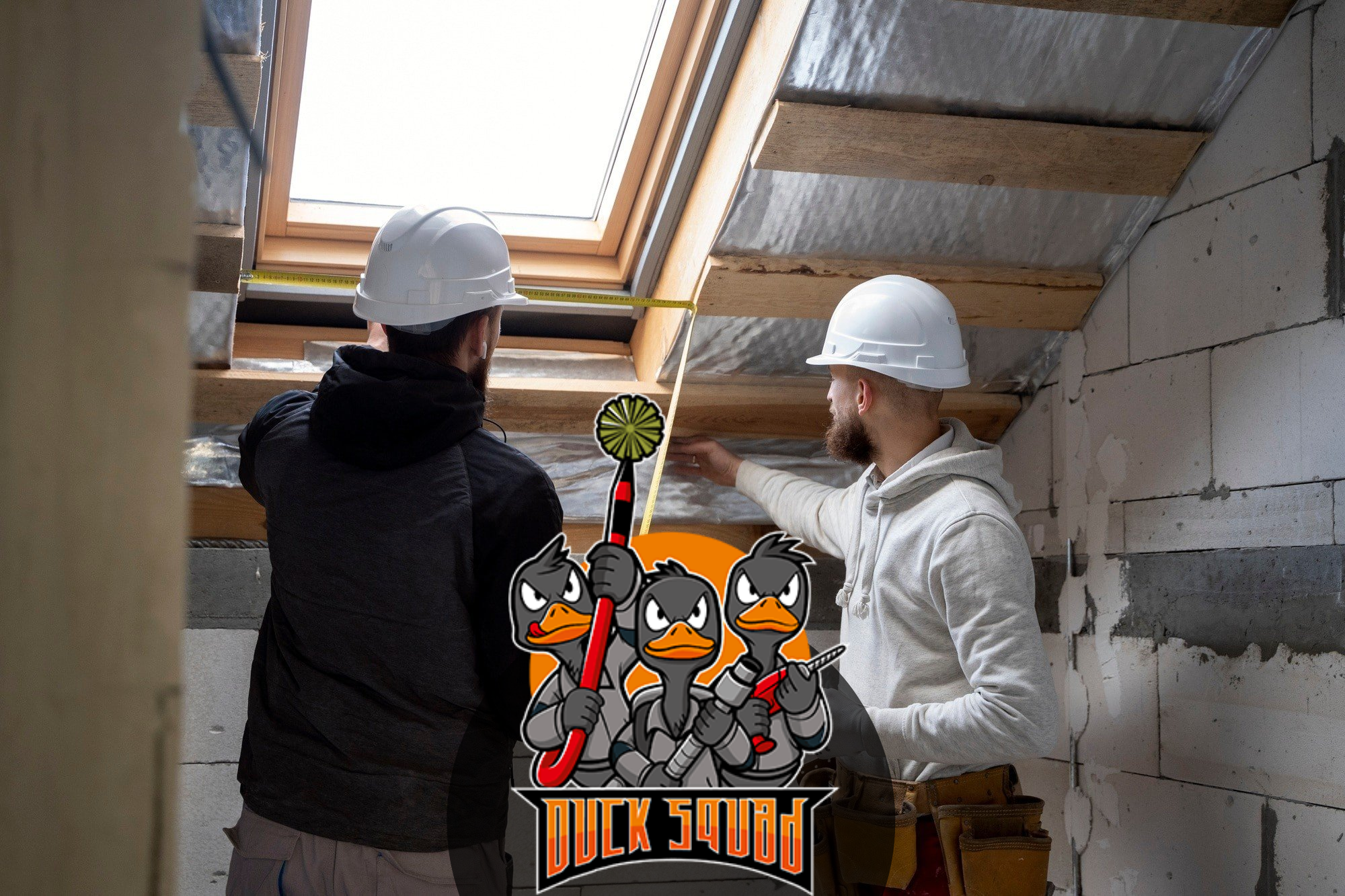
Professional vs. DIY Inspections
While homeowners can often identify visible insulation issues such as obvious gaps, damp spots, or pest damage, professional inspection offers a much deeper and more accurate evaluation. Professionals use advanced diagnostic tools like infrared cameras, moisture meters, and blower doors to uncover hidden problems that are nearly impossible to detect with the naked eye.
Infrared cameras reveal temperature variations within walls, ceilings, and floors, pinpointing areas where insulation is missing or underperforming. Moisture meters detect elevated humidity levels that could compromise insulation or foster mold growth. Blower door tests measure a building’s air tightness, identifying leaks that reduce energy efficiency even if insulation is technically in place.
Beyond detection, professional inspectors can recommend targeted solutions to address the specific problems found whether that means replacing damaged insulation, sealing air leaks, improving ventilation, or pairing upgrades with services like Duct Cleaning service Orlando or Dryer Vent Cleaning service In Orlando.
While DIY inspections can be useful for quick checks, they often miss critical issues. A professional assessment ensures the property’s insulation system is optimized for maximum comfort, efficiency, and durability, especially in Florida’s challenging climate.
Energy Efficiency Upgrades After Inspection
Once the inspection is complete, the next step is addressing identified issues. This may involve:
- Replacing damaged insulation
- Upgrading to higher R-value materials
- Sealing air leaks
- Adding duct insulation or sealing leaks
- Cleaning ducts and vents
These upgrades can significantly reduce monthly energy costs and improve overall comfort.
How Insulation Impacts HVAC Lifespan
Poor insulation forces HVAC systems to run longer and more frequently, leading to accelerated wear. By ensuring insulation is in top condition, homeowners protect their investment in heating and cooling equipment.
Environmental Impact of Efficient Insulation
Well-maintained insulation reduces energy consumption, lowering carbon emissions. The ENERGY STAR program emphasizes that improving insulation is one of the most cost-effective ways to reduce a home’s environmental footprint.
Integrating Insulation Inspections into Home Maintenance Plans
Making insulation inspections part of a regular maintenance routine ensures small problems are caught before they escalate. Pairing these inspections with annual HVAC tune-ups and dryer vent cleanings creates a comprehensive approach to home efficiency and safety.
Authoritative Resources for Homeowners
For those interested in learning more about insulation and energy efficiency:
- U.S. Department of Energy – Insulation Overview
- ENERGY STAR – Home Sealing and Insulation Guide
- EPA – Indoor Air Quality Resources
Taking the Next Step Toward Energy Savings
A well-executed insulation inspection can uncover opportunities for cost savings, improved comfort, and healthier indoor air. Florida homeowners who partner with trusted professionals for insulation upgrades, duct cleaning, and dryer vent maintenance stand to benefit not only financially but also in the longevity of their homes’ systems.

